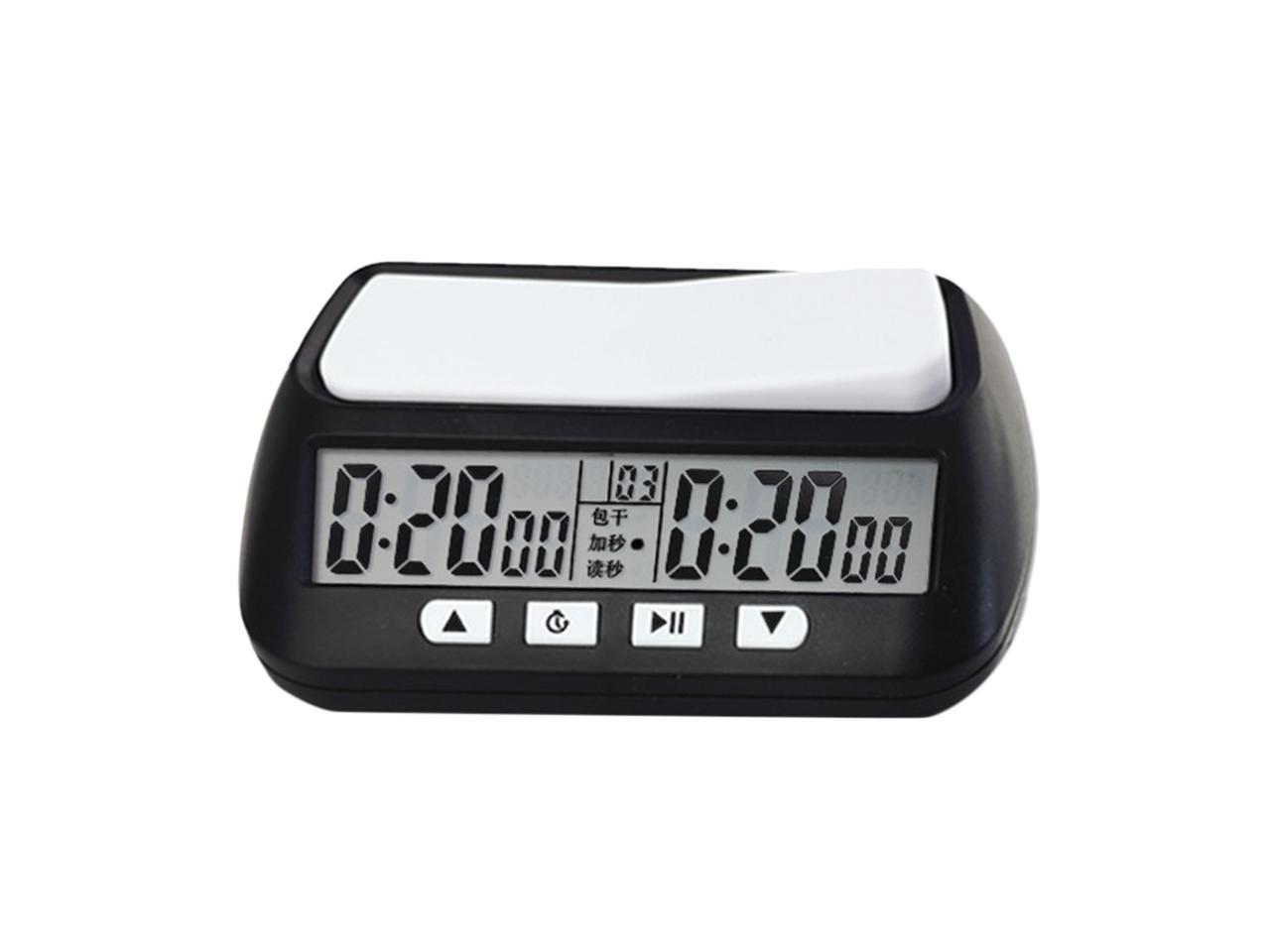

The players may take more or less time over any individual move. five minutes) on the clock in which to play the entire game. A particularly popular variant in informal play is blitz chess, in which each player is given a short time (e.g.

The simplest time control is "sudden death", in which players must make a predetermined number of moves in a certain amount of time or forfeit the game immediately. The first time that game clocks were used in a chess tournament was in the London 1883 tournament. Their use has since spread to tournament Scrabble, shogi, go, and nearly every competitive two-player board game, as well as other types of games. In a tournament, the arbiter typically places all clocks in the same orientation, so that he can easily assess games that need attention at later stages. The purpose is to keep track of the total time each player takes for his or her own moves, and ensure that neither player overly delays the game.Ĭhess clocks were first used extensively in tournament chess, and are often called game clocks. Chess clocks are used in chess and other two-player games where the players move in turn. A chess clock consists of two adjacent clocks with buttons to stop one clock while starting the other, so that the two clocks never run simultaneously.


 0 kommentar(er)
0 kommentar(er)
